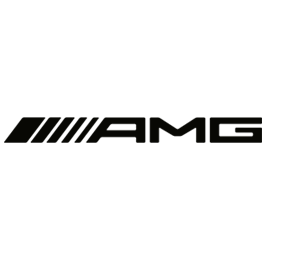Building a superior flight case isn't just assembly; it's a precise engineering process.
Here are the critical stages we go through to design and manufacture a case that is genuinely Built to Protect. Built to Last.
Stage 1: The Consultation and Equipment Assessment
The foundation of any great flight case is a deep understanding of what it needs to protect and where it's going.
-
Understanding Your Gear: We start by gathering precise measurements, weight, fragility, and quantity of the item(s). We ask: Is it sensitive electronics? Heavy machinery? A delicate medical instrument? Knowing the nature of the contents dictates the materials.
-
Defining the Environment: Where will the case be used? Is it flying internationally? Touring rough terrain? Will it be stacked or exposed to moisture? This defines the type of hardware, panel material, and seal required for your road trunk.
-
Future-Proofing: We discuss potential future uses. Should we include space for cables, accessories, or future upgrades? This keeps your custom flight case relevant for years.

Stage 2: External Design and Engineering
Once we know the contents and the environment, we design the outer shell—the primary line of defense.
-
Material Specification: We select the correct grade of Birch ply, Hexaboard, or lightweight composite panels. Thickness, finish, and colour are all locked down.
-
Structural Design: Using CAD software, we determine the optimal dimensions and placement of the key structural components:
-
Aluminium Extrusions: Specifying the heavy-duty angles and lid-mate profiles that give the case its rigidity and sealing.
-
Hardware Selection: Choosing the correct heavy-duty handles, latches (recessed for snags, or surface-mounted for rapid access), ball corners, and robust castors (braked, swivel, or fixed).
-
Handling and Ergonomics: We ensure the final huge flight case or massive flight case is practical to move. This includes correct positioning of handles for balance and selecting the right wheel configuration to support the maximum loaded weight.
Stage 3: Internal Security – The Custom Foam Insert
This is the stage that turns a box into a protective vault. The interior is just as vital as the exterior.
-
Foam Material Selection: Based on the weight and fragility of the contents, we select the correct density and type of foam (e.g., rigid polyethylene for heavy items, or softer, anti-static foam for delicate electronics).
-
CAD/CNC Design: We create a digital model of the equipment. This model is used to precisely nest your items within the foam, accounting for clearance and maximum shock absorption. We aim for compression fit to eliminate movement.
-
CNC Routing: The design is sent to our CNC foam insert machinery. This process guarantees an exact, repeatable fit. The precise cutting ensures that every component has a designated, perfectly shaped cavity, providing optimal shock absorbance and enhanced organisation.
-
Layering and Compartments: For multi-level storage or easier access, we may design stacked layers or integrated compartments beneath the main top layer.

Stage 4: Manufacturing and Quality Control
With the design finalised, we move to the build stage, where craftsmanship meets precision engineering.
-
Panel Cutting and Prepping: Panels are accurately cut and routed to accept the custom foam insert and aluminium extrusions.
-
Assembly: The case is assembled and riveted—by hand and using precision machinery. We use hundreds of high-strength rivets to ensure the case retains its structural integrity under severe stress.
-
Insert Integration: The completed CNC custom foam insert is fitted snugly inside the bespoke flight case.
-
Final Quality Check: Every latch, hinge, seal, and handle is tested. The case is visually inspected against the original specifications to ensure it meets our decades-old standards for durability, sealing, and precision finish.
The result is a custom piece of equipment—a highly dependable handmade road trunk ready to face any environment you throw at it.





